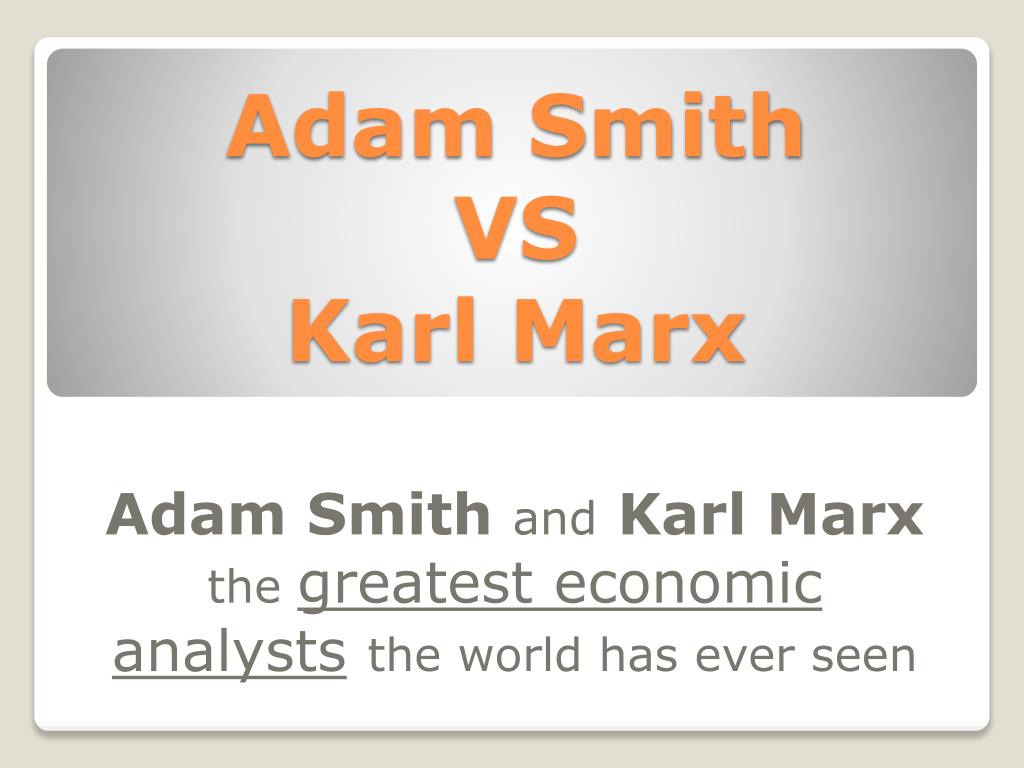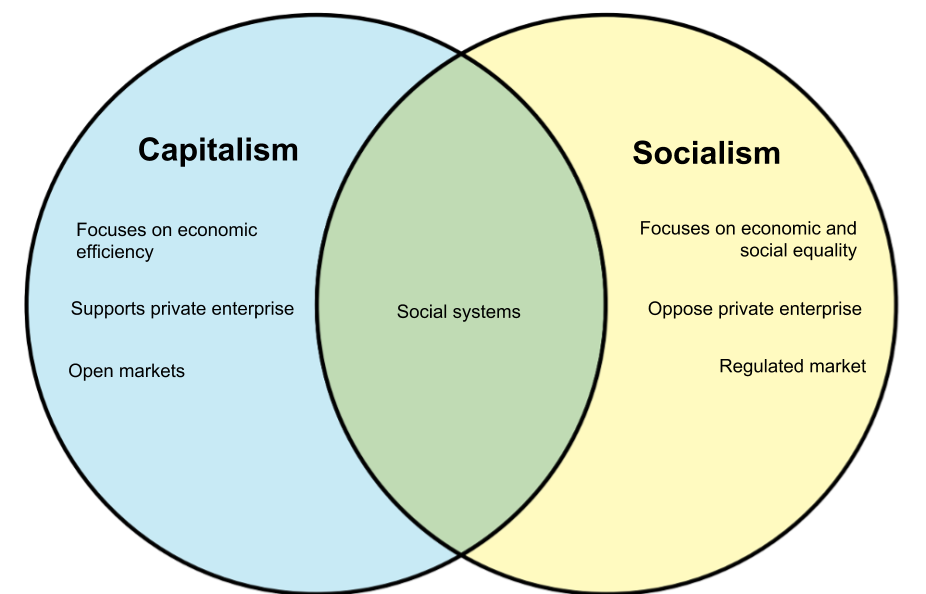
(Dissolution of ancient communities through money) (3) Money as money: as material representative of wealth (accumulation of money) (Money as particular commodity and money as general commodity) (An example of confusion between the contradictory functions of money) (Money, as representative of price, allows commodities to be exchanged at equivalent prices) (2) Money as medium of exchange and realizer of prices (1) Money as general material of contracts, as measuring unit of exchange values The price as external to and independent of the commodityĭouble motion of circulation: C-M M-C, and M-C C-M (What determines the quantity of money required for circulation)Ĭommodity circulation requires appropriation through alienationĬirculation as an endlessly repeated process (Distinction between real money and accounting money) (a) Circulation circulates exchange values in the form of prices (c) and (d) (headings only): Sources of gold and silver money as coinĬirculation of money and opposite circulation of commodities (b) Fluctuations in the value-relations between the different metals (a) Gold and silver in relation to the other metals The precious metals as subjects of the money relation Money as objectification of general labour timeĭistinction between particular labour time and general labour timeĭistinction between planned distribution of labour time and measurement of exchange values by labour time Product becomes a commodity the commodity becomes exchange value the exchange value of the commodity becomes money

Social relations which create an undeveloped system of exchange (The Economist and the Morning Star on money)Īttempts to overcome the contradictions by the issue of time-chitsĮxchange value as mediation of private interests (4) Contradiction between money as particular commodity and money as general commodity (3) Contradiction between exchange for the sake of exchange and exchange for the sake of commodities (2) Contradiction between purchase and sale (1) Contradiction between commodity as product and commodity as exchange value Transformation of the commodity into exchange value money THE CHAPTER ON MONEY (Notebooks I and II, pp. (4) Means (forces) of production and relations of production, relations of production and relations of circulation (2) General relation between production, distribution, exchange and consumption Transcribed and marked-up by Tim Delaney.Īnalytical Contents List INTRODUCTION (Notebook M)

Martin Nicolaus, 1973, used by permission of the translator. The online edition has been transcribed for MEIA from the Penguin edition, transl. Rosdolsky states that only three or four copies of the 1939-41 edition ever reached ‘the western world’. It is referred to hereafter as Grundrisse. A photo-offset reprint of the two volumes bound in one, minus illustrations and facsimiles, was issued by Dietz Verlag, Berlin (E.), in 1953, and is the basis of the present translation. The second added fragments from Marx’s 1851 notebooks of excerpts from Ricardo, the fragment ‘Bastiat and Carey’ (also included in this translation), and miscellaneous related material also extensive annotations and sources. The first volume contained the introduction and the seven notebooks translated here. A limited edition was published by Foreign Language Publishers in Moscow in two volumes, 19 respectively, under the editorship of the Marx-Engels-Lenin Institute, Moscow. The manuscript became lost in circumstances still unknown and was first effectively published, in the German original, in 1953.
#Marx vs smith chart series
The series of seven notebooks were rough-drafted by Marx, chiefly for purposes of self-clarification, during the winter of 1857-8. Do note, though, Marx did not intend it for publication as is, so it can be stylistically very rough in places. It is an extremely rich and thought-provoking work, showing signs of humanism and the influence of Hegelian dialectic method. Most were early works – like the Economic and Philosophical Manuscripts – but the Grundrisse stood alone as issuing forth from the most intense period of Marx’s decade-long, in-depth study of economics. Soviet Marxologists released several never-before-seen Marx/Engels works in the 1930s. Marx wrote this huge manuscript as part of his preparation for what would become A Contribution to the Critique of Political Economy(published in 1859) and Capital (published 1867). Written: 1857-61 Published: in German 1939-41 Source: Penguin 1973 Translated by: Martin Nicolaus Scanned by: Tim Delaney, 1997 HTML Mark-up: Andy Blunden, 2002. Outlines of the Critique of Political Economy

Economic Works of Karl Marx 1857-61 Grundrisse der Kritik der Politischen Ökonomie


 0 kommentar(er)
0 kommentar(er)
